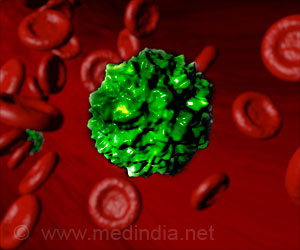Muscle aches have been a common symptom of coronavirus and even with the Omicron variant. In South Africa, the doctors said that most people came to them due to heavy muscle ache, also known as myalgia.
Based on data collected during an increase in Omicron cases worldwide, most people experience mild respiratory symptoms with severe muscle pain. Runny nose, body aches, chest pain, back pain, and fatigue are commonly associated with the Omicron variant.
In case of Omicron variant, the two common areas that the patients feel pain are shoulders and legs. For the past two years, it was seen that coronavirus can affect any part of the body but for Omicron, shoulders and legs are majorly affected.
Considering the fact that Omicron moves differently from the other COVID-19 variants, one of the factors that the patients infected with it are showing varied symptoms which are distinct from each other is worrying. The symptoms were sort of varying and World Health Organization (WHO) and studies conducted by other organizations explain why there is a vast range of symptoms and reasons behind them.
Moreover, researchers at the ZOE COVID Study have reported a “sharp increase” in people reporting gastrointestinal symptoms through January 2022. The NHS still lists the main symptoms of coronavirus as a high temperature, a new, continuous cough and a loss or change to your sense of smell or taste.
The ZOE COVID Study app notes that gastrointestinal problems such as diarrhea, stomach pains, and feeling sick can all be symptoms of COVID-19 as well as Omicron variant.
The Centers for Disease Control and Prevention (CDC) suggests that symptoms may appear 2 to 14 days after exposure to the virus and anyone can have mild to severe symptoms.
The other signs are breath shortness, nausea, and muscle or body aches.
Most unusual trait of Omicron
Strangely, there are fewer cases where the infected individuals are suffering from three classic symptoms of COVID-19 cough, fever, and ansomnia.
Experts say, due to these wide ranges of symptoms, it has become more difficult to diagnose the disease.
What are the different Omicron symptoms?
Infectious Disease Expert Dr. Maria Van Kerkhove of WHO told that people who are infected with Omicron can have a range of symptoms. They can also have no symptoms at all, and be completely asymptomatic. Some even can develop severe diseases and people are also dying from Omicron.
She also worried about the Omicron-led wave led to the deaths of many people and are increasing for fifth week in a row.
Most reported symptoms
As per a study by UK-based tracker Zoe COVID app, most Omicron patients are reported to have cold-like symptoms such as a sore throat, severe body pain, fatigue, and severe headache.
New symptoms reported in Omicron patients
Many people are also complaining of gastrointestinal symptoms like diarrhea, skipped meals, and abdominal pain.
Why people are reporting different kinds of symptoms?
The Zoe Study has shown that it’s not necessarily true to say the symptoms caused by Omicron are milder than with previous variants, but depending on their vaccination status, immunity, and a few other things, the symptoms vary from person to person.
The WHO official also confirmed that there is a very significant difference in individuals who are vaccinated with one dose, two doses, some people have had three doses, or with a booster shot.
Source: Medindia



